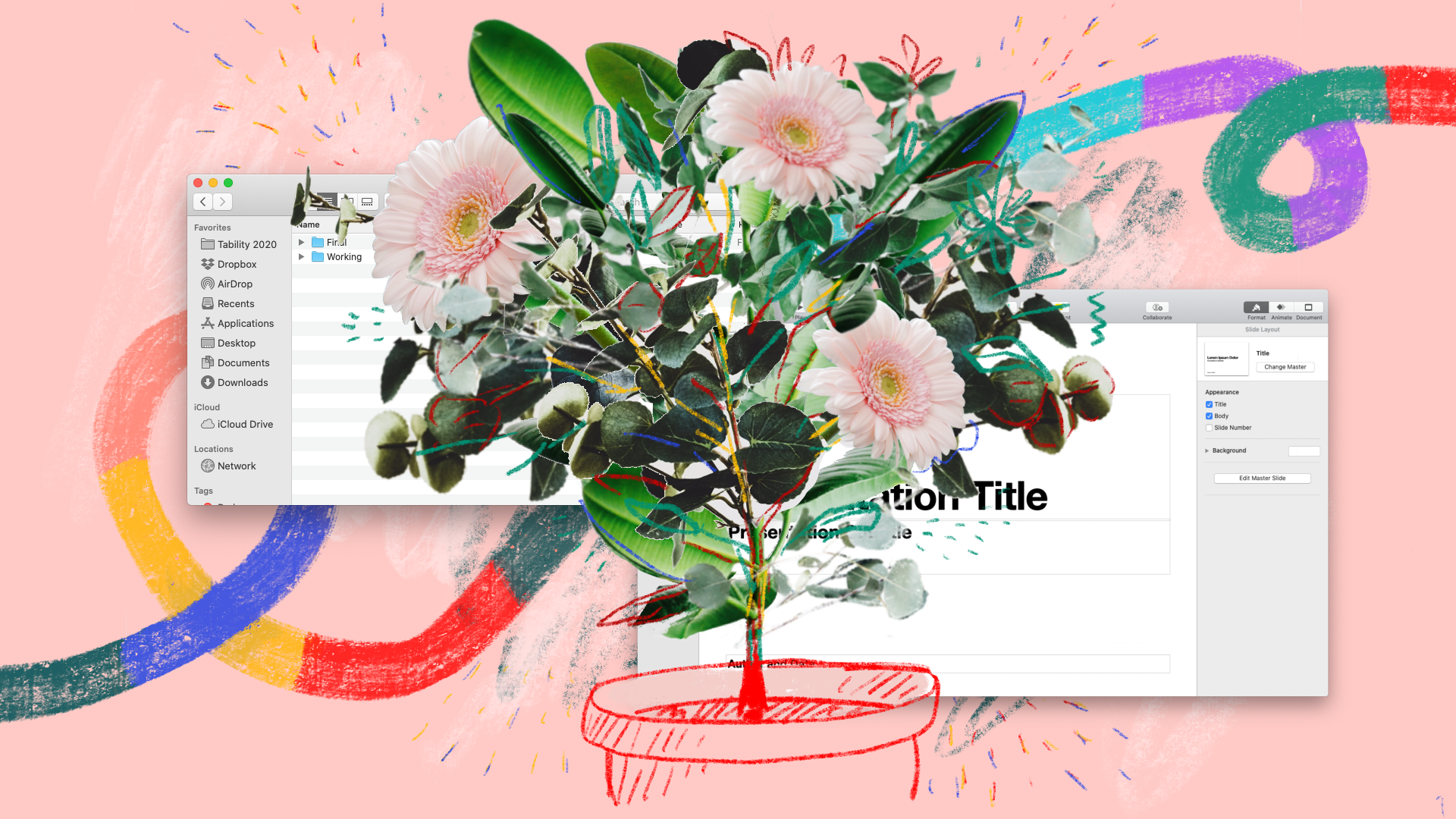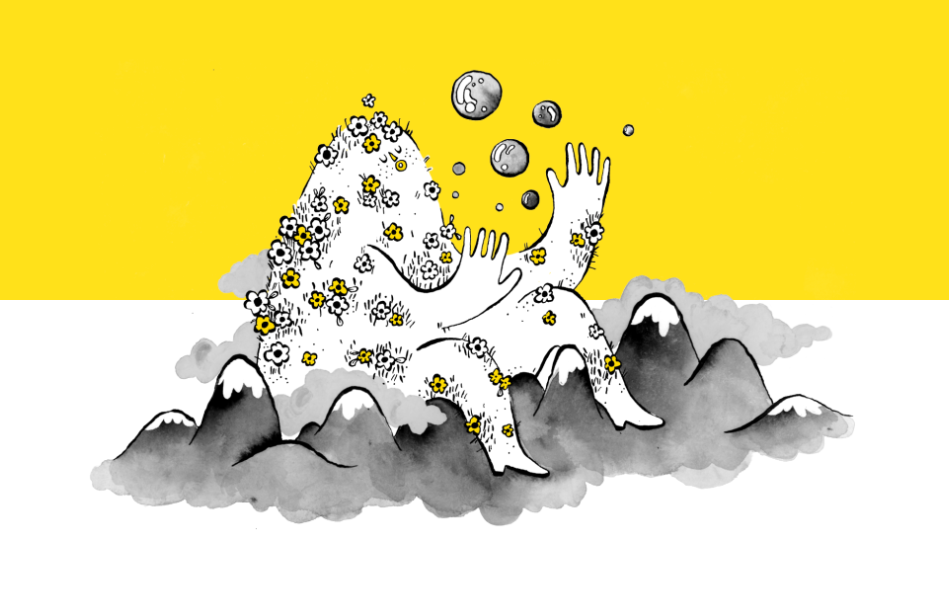Building Better Brands: Empower Creativity

It's springtime in Portland right now, so we have been busy propagating and repotting all our indoor plants; placing them in bigger pots as they start to outgrow their old ones. The pot gives the plant a suggested boundary of where you want it to grow, but how and what direction it decides to go is really out of your control – and eventually, it will start to outgrow that pot.
Brand guidelines are like this too. Like I said in my previous post, Brand as a Living Thing, as a start up your brand is going to change and grow with your company so a brand guideline should allow it enough space to do it naturally and honestly.
A few years ago, Mailchimp came out with a brand new look that left some confused. It was weird, but brilliant. A rebrand that featured odd, surreal illustrations, broke the mold of the blue-green landscape that was tech design.

The brilliance of this redesign though, is not the visual, but the story behind it that it expresses.
"We have a lot of creative people with unique voices under one roof, which can be inspiring — and messy. To keep the system from feeling disjointed, we have introduced a framework of core components, so that the elements existing inside of it can be as free and expressive as we want."
Celebrating every individual's weirdness is what makes this collective of drawings so fun and interesting. Rather that confine everyone with specificities, they build a guideline that has room for interpretation, allowing self expression and individualism.
This is a great way to make a brand practical and scalable when you don't have the resources to build out a robust brand asset library. Mailchimp makes their brand expressive and interpretive. Beyond a consistent logo, color palette and typeface, the meat of their brand guidelines focuses on brand personalities and vision. They describe their visual styles, not by pixels or shapes, but with words like "surprising and intentional," "dreamlike and artful" or "genuine and inclusive."
As you design a brand, it's so important to look into what the people behind the brand are like. What is the personality of the company? What are they like? What do they stand for?
More than anything visual you can create, putting together a coherent story of who you are as a company will help guide you to creating a cohesiveness in your brand, that can adapt and grow with where your company is evolving.

